How Far Can You Ride? E-Bike Battery Range Factors Explained
E-Bike Battery Range Explained – How Far Will You Go?
One of the first questions every e-bike rider asks is simple: “How far will it go?”
The answer, of course, isn’t so simple. E-bike range depends on your motor system, battery size, terrain, how you ride, and even the weather. At All Ride Now, we help riders match the right Trek e-bike and motor system to their style of riding. Here’s a guide to understanding what affects range — and how to get the most from your battery.
Battery Basics
E-bike batteries are measured in watt-hours (Wh). The higher the Wh, the more energy your bike can store. That means longer range, but also more weight.
Trek’s range of e-bikes covers batteries from 250 Wh (light, urban Hyena systems) all the way up to 800 Wh (Bosch Performance CX Smart System).
The Big Factors That Affect Range
🔋 Motor System
-
Bosch – Powerful, versatile, and built for everything from commuting to mountain climbing. Batteries up to 800 Wh, with the Performance CX Smart System capable of up to 85 miles in Eco mode.
-
TQ (HPR50/HPR60) – Lightweight and subtle, perfect for natural ride feel. Batteries up to 580 Wh.
-
Hyena – Simple, sleek, and designed for urban riding, with a 250 Wh internal battery.
⚡ Assistance Level
The more assistance you ask from the motor, the faster you drain the battery. Riding in Eco can double your range compared to Turbo.
-
Bosch, TQ, and Hyena all feature adjustable modes you can tune in their companion apps:
-
Bosch Flow App – customises Smart System motors.
-
Trek Central App – lets you tweak TQ and Hyena support levels.
-
⛰ Terrain
Flat commutes are efficient. But climbs in the South Downs will drain more energy, especially if you stick to higher assistance modes.
🚴 Rider & Bike
-
Bike type & weight – full-suspension MTBs are heavier than fitness hybrids.
-
Rider weight – more weight = more motor support needed.
-
Cadence – smoother pedalling saves energy; grinding slow gears uses more power.
🌦 Weather & Tyres
Headwinds, under-inflated tyres, or high rolling resistance all eat into your range.
Real-World Scenarios
-
Trek FX+ (Hyena, 250 Wh) → Perfect for commuting and fitness. Expect 20–40 miles depending on assist.
-
Trek Rail (Bosch Performance CX, 800 Wh) → Built for trails and climbs. Up to 85 miles in Eco mode, or 40–60 miles in mixed riding.
-
Trek Fuel EXe (TQ HPR50/HPR60, 360–580 Wh) → Light and natural. Expect 25–60 miles depending on battery size and assist mode.
Typical Range by Battery Size
Here’s a rough guide to what you can expect from different battery sizes:
| Battery Size (Wh) | Eco Mode | Mixed Riding | Turbo Mode |
|---|---|---|---|
| 250 Wh | 20–40 miles | 15–25 miles | 10–15 miles |
| 360 Wh | 25–50 miles | 20–35 miles | 15–20 miles |
| 400 Wh | 30–55 miles | 25–40 miles | 20–25 miles |
| 500 Wh | 35–65 miles | 30–50 miles | 25–30 miles |
| 545 Wh | 40–70 miles | 35–55 miles | 25–35 miles |
| 600 Wh | 45–75 miles | 40–60 miles | 30–40 miles |
| 625 Wh | 50–80 miles | 40–65 miles | 30–40 miles |
| 750 Wh | 60–85 miles | 45–70 miles | 35–45 miles |
| 800 Wh | Up to 85 miles (Bosch CX) | 50–75 miles | 35–50 miles |
5 Ways to Keep Your Battery Healthy
-
Don’t always run it down to 0% — recharge between 20–80% where possible.
-
Store around 50–60% charge if not riding for weeks.
-
Keep it in a cool, dry place — avoid hot cars or freezing garages.
-
Use the correct Bosch, TQ, or Hyena charger — never mix brands.
-
Ride smart: good cadence and using Eco/Smart modes preserves battery life.
Wrapping Up
E-bike range isn’t just about the size of the battery. It’s about the system, terrain, how you ride, and how you care for your bike. Trek’s Bosch, TQ, and Hyena systems all give you reliable performance, but matching the right setup to your riding style makes the biggest difference.
👉 At All Ride Now, we’ll help you work out exactly how far you can go. Pop in to our West Sussex store near the South Downs for expert advice and test rides, or browse our Trek e-bike collection online today.
Now you know how battery range works, why not dive deeper into the motors that power Trek bikes — Bosch, TQ & Hyena explained → Here
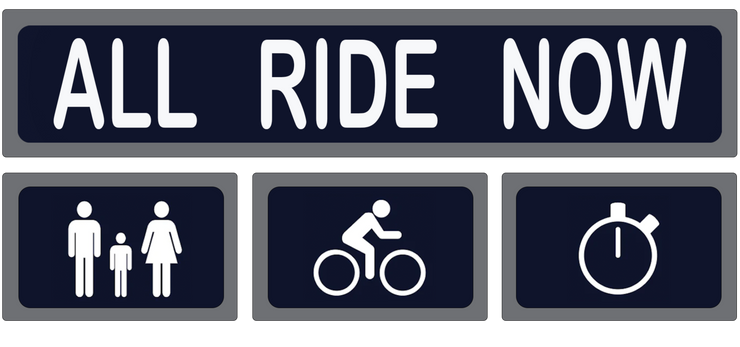
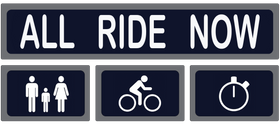
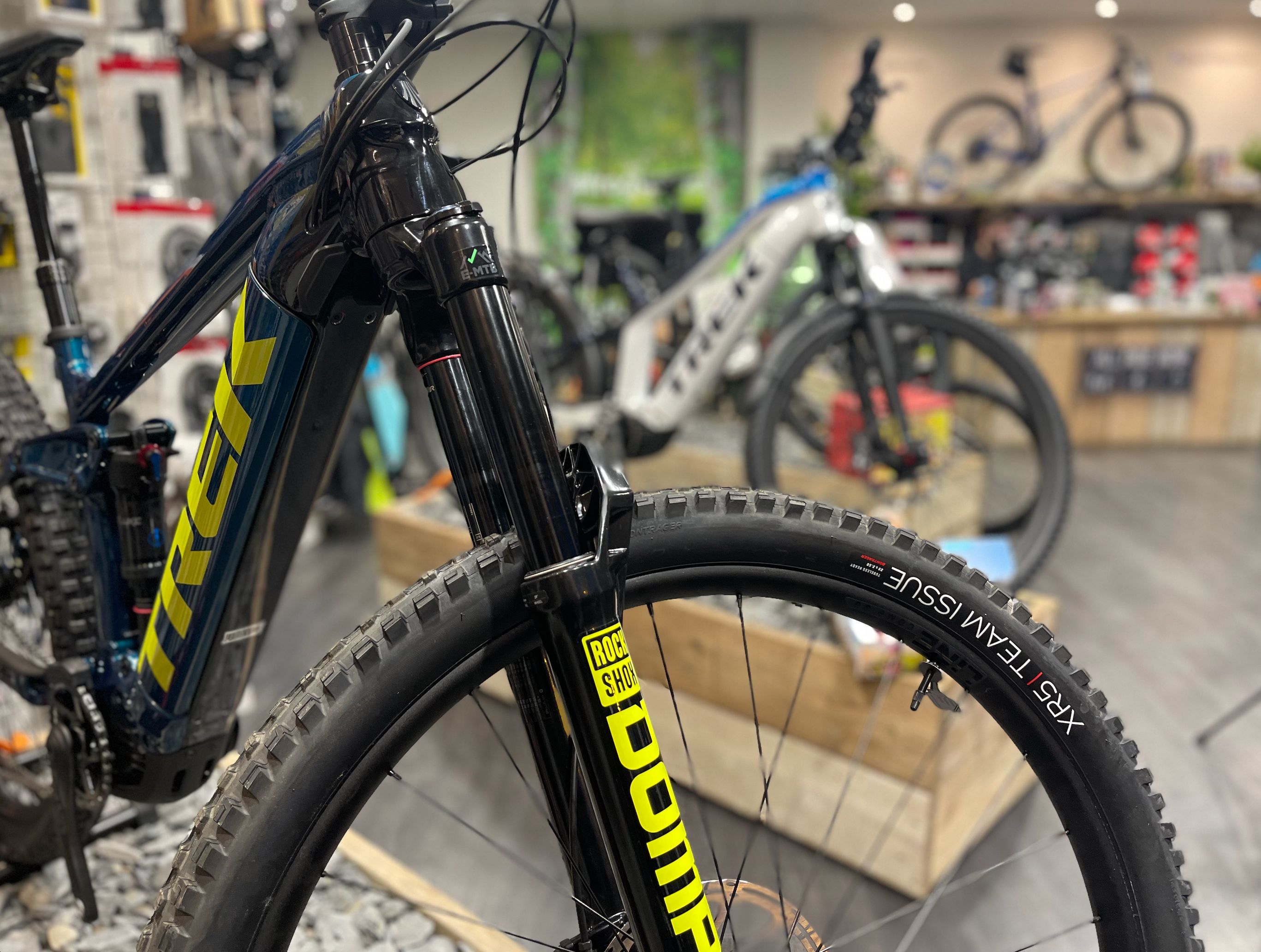
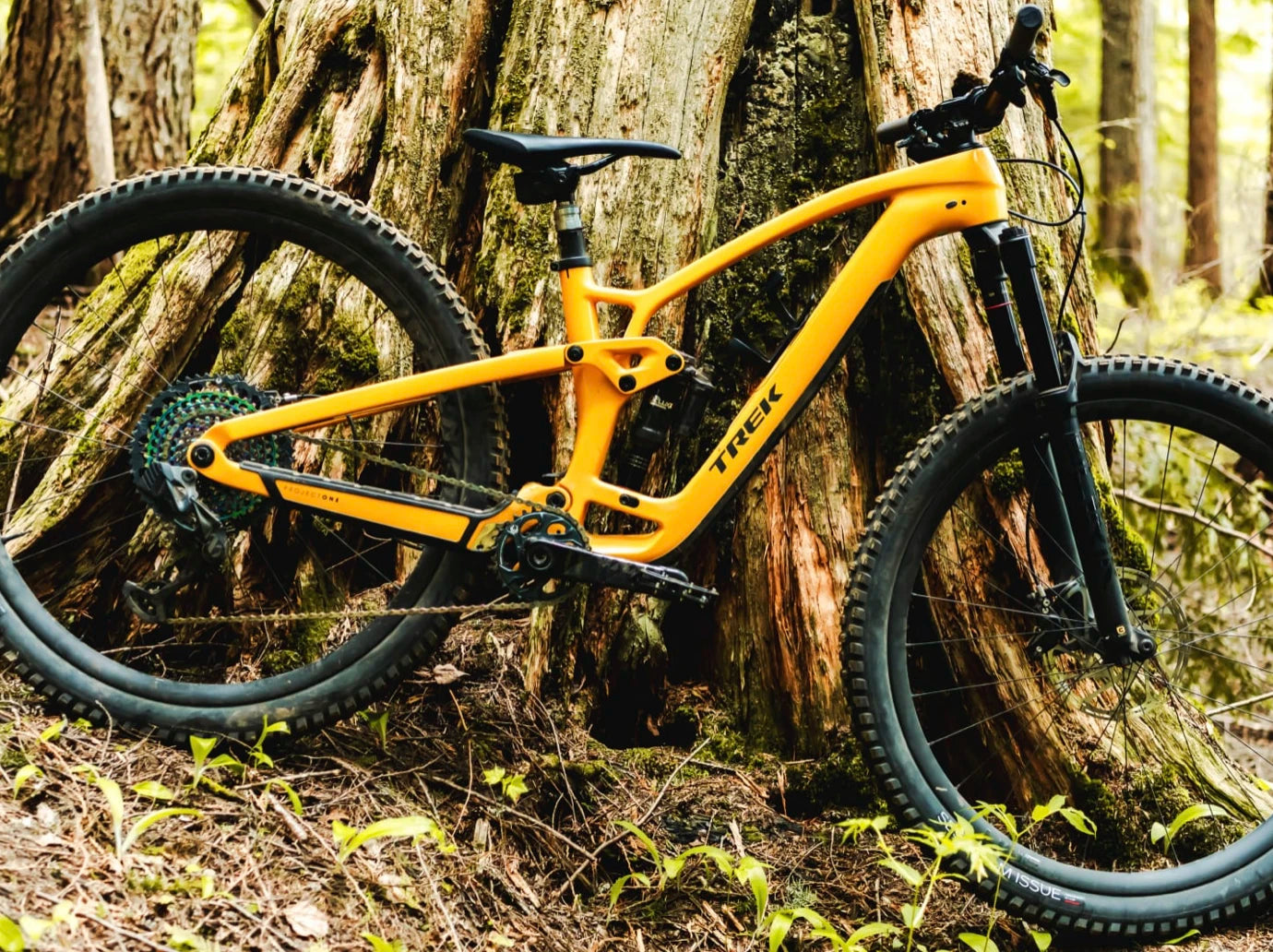
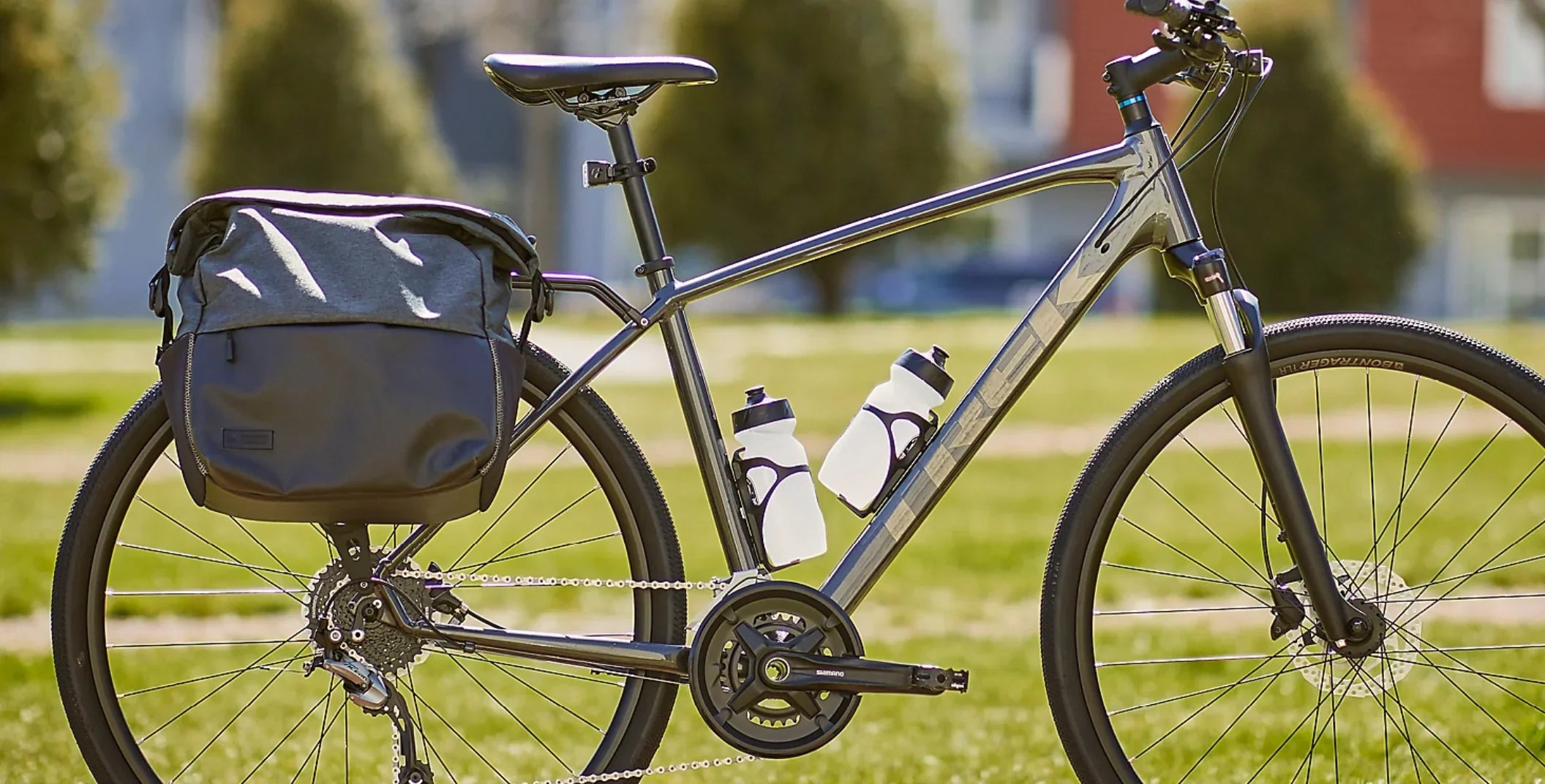
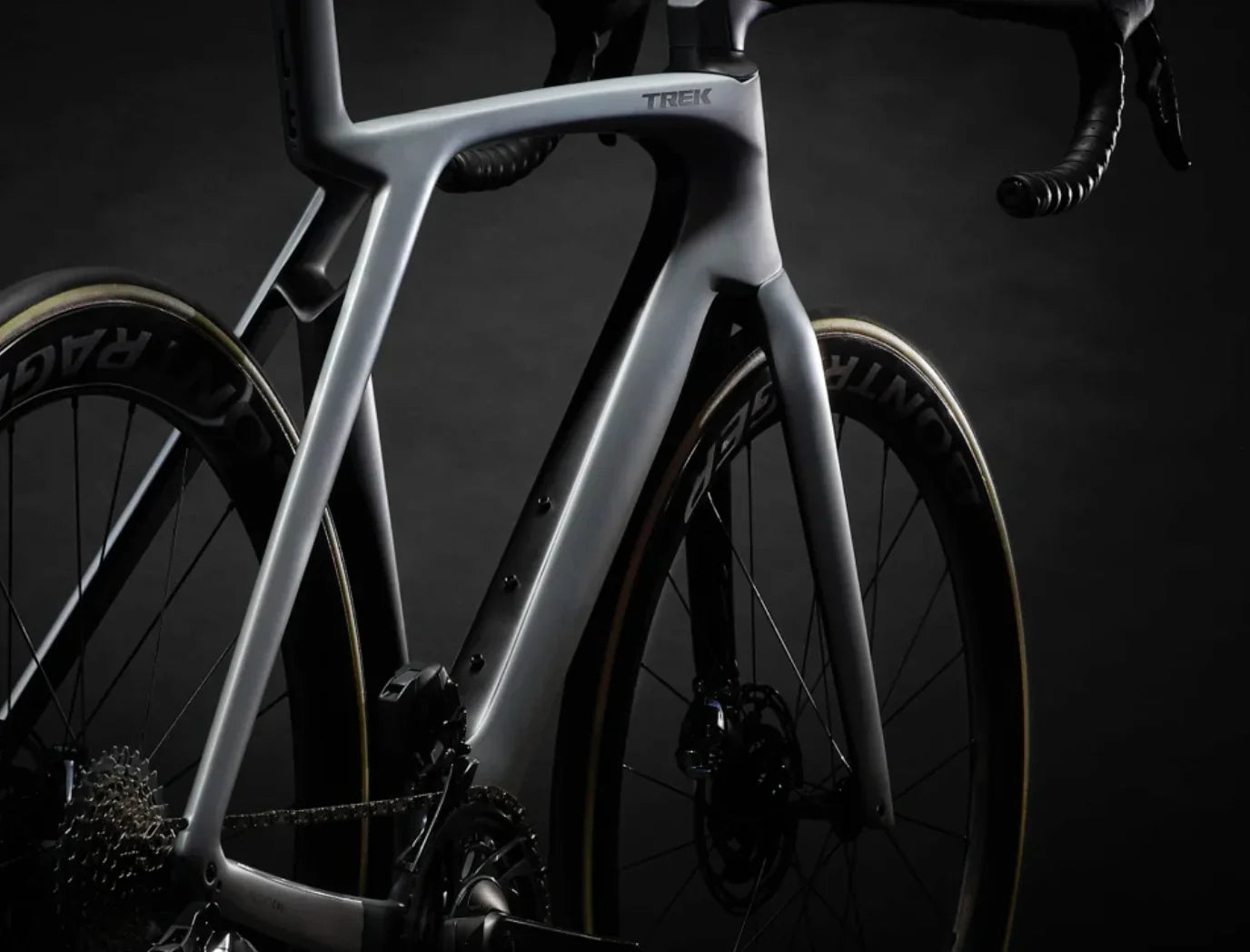
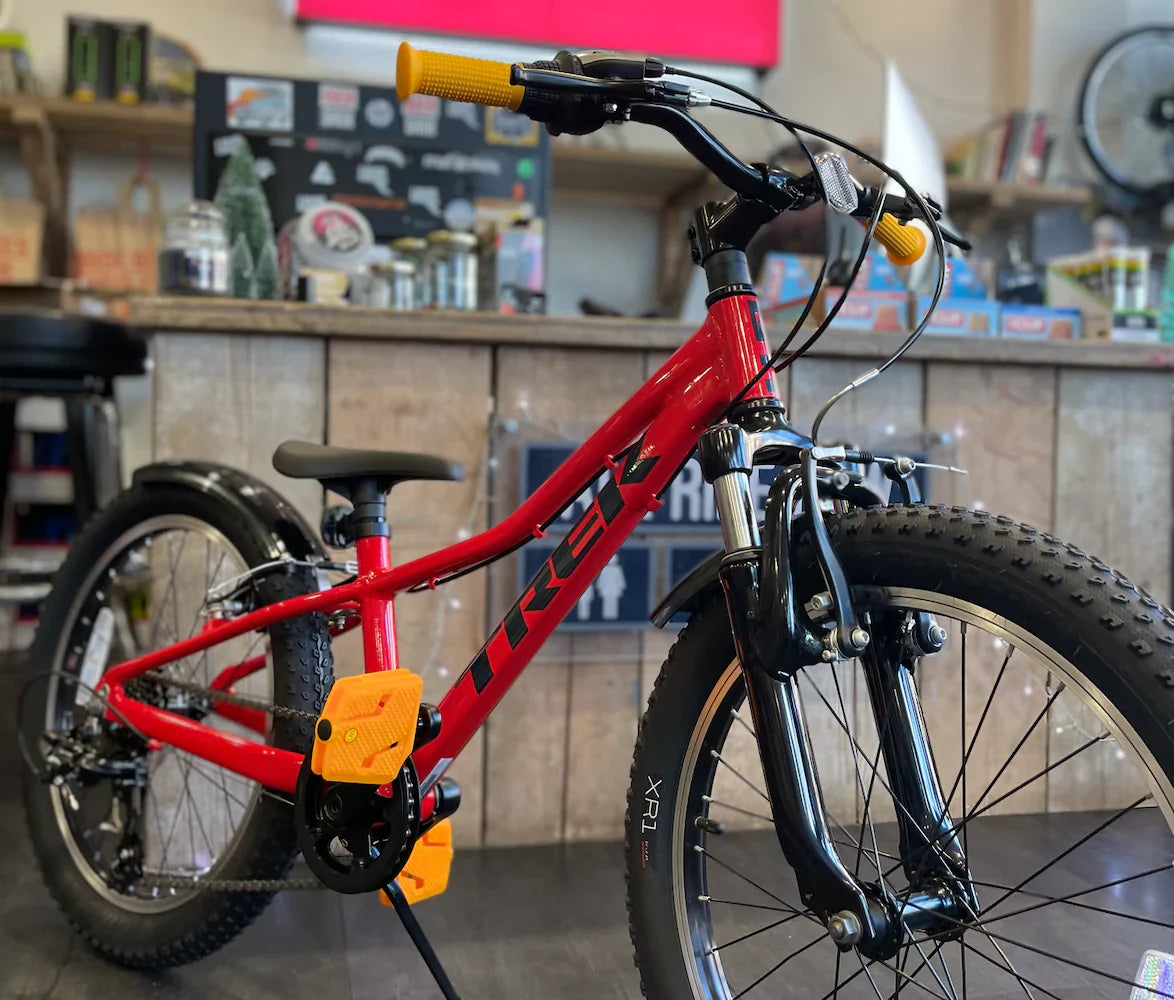

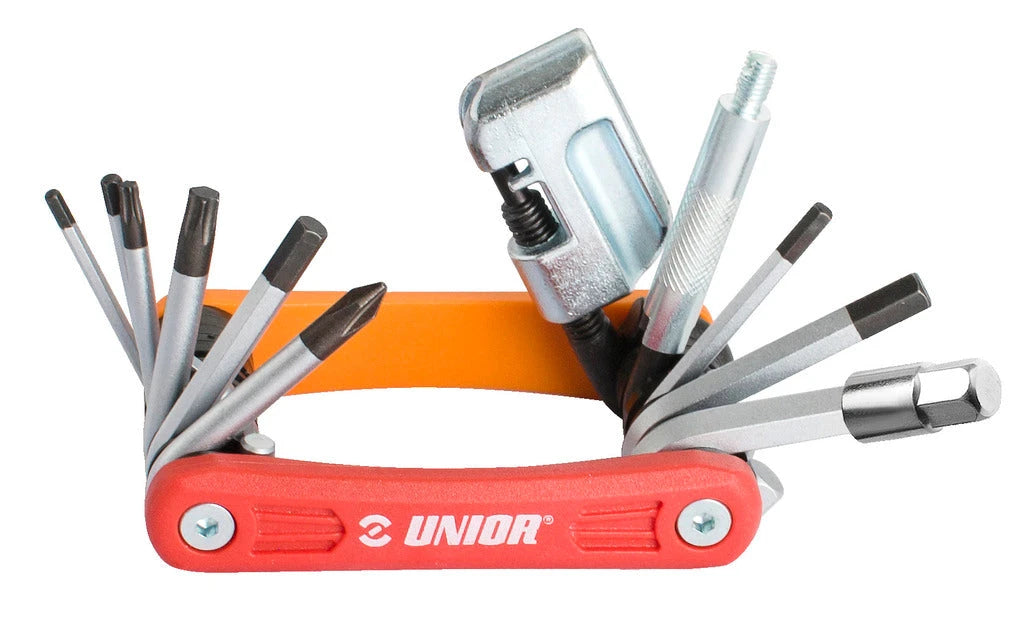
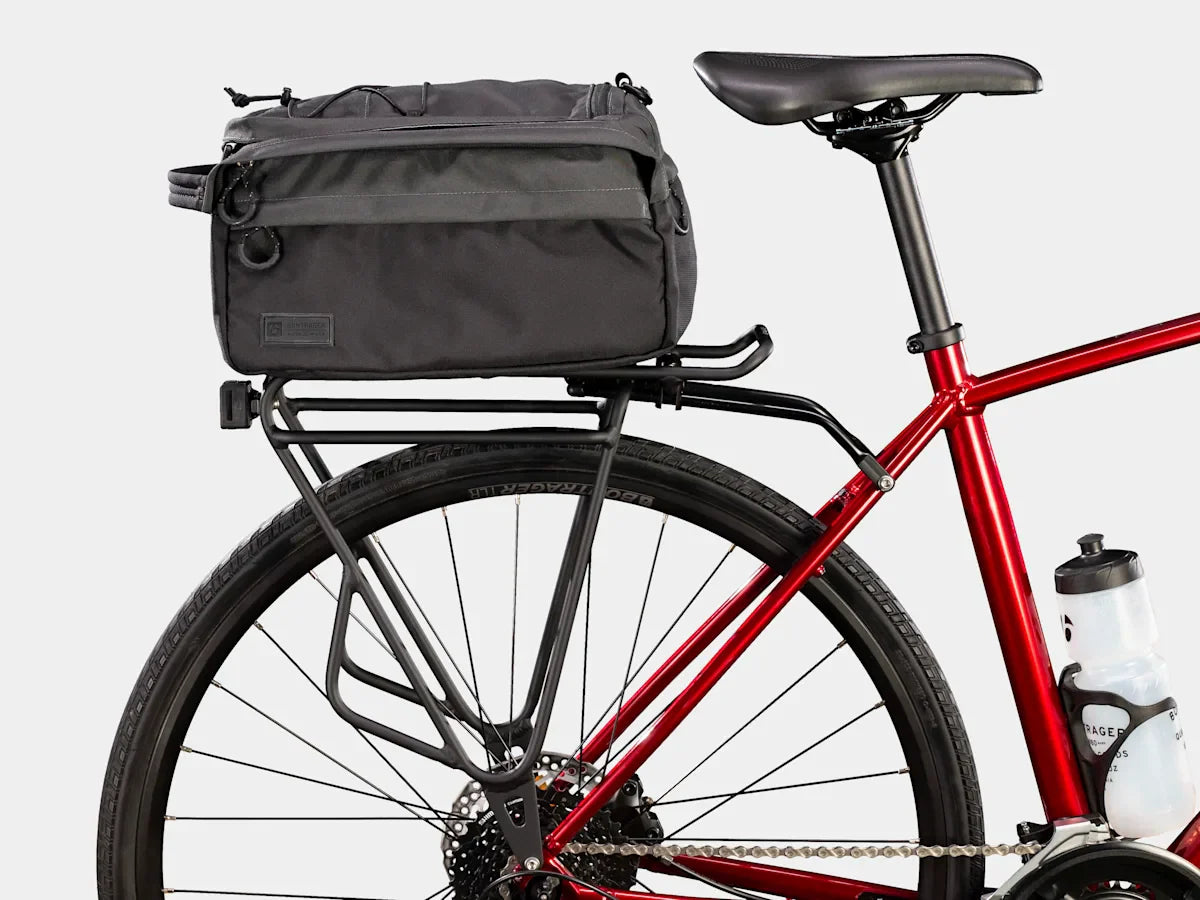
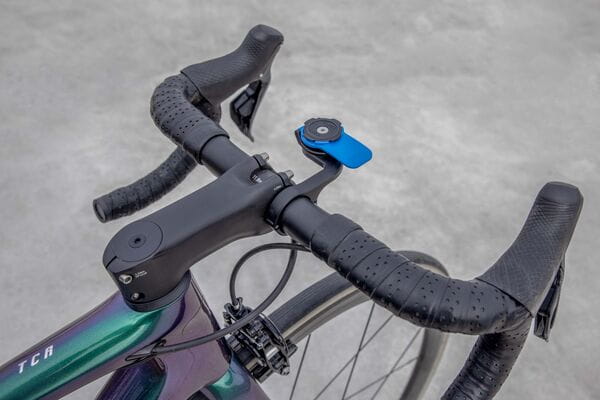
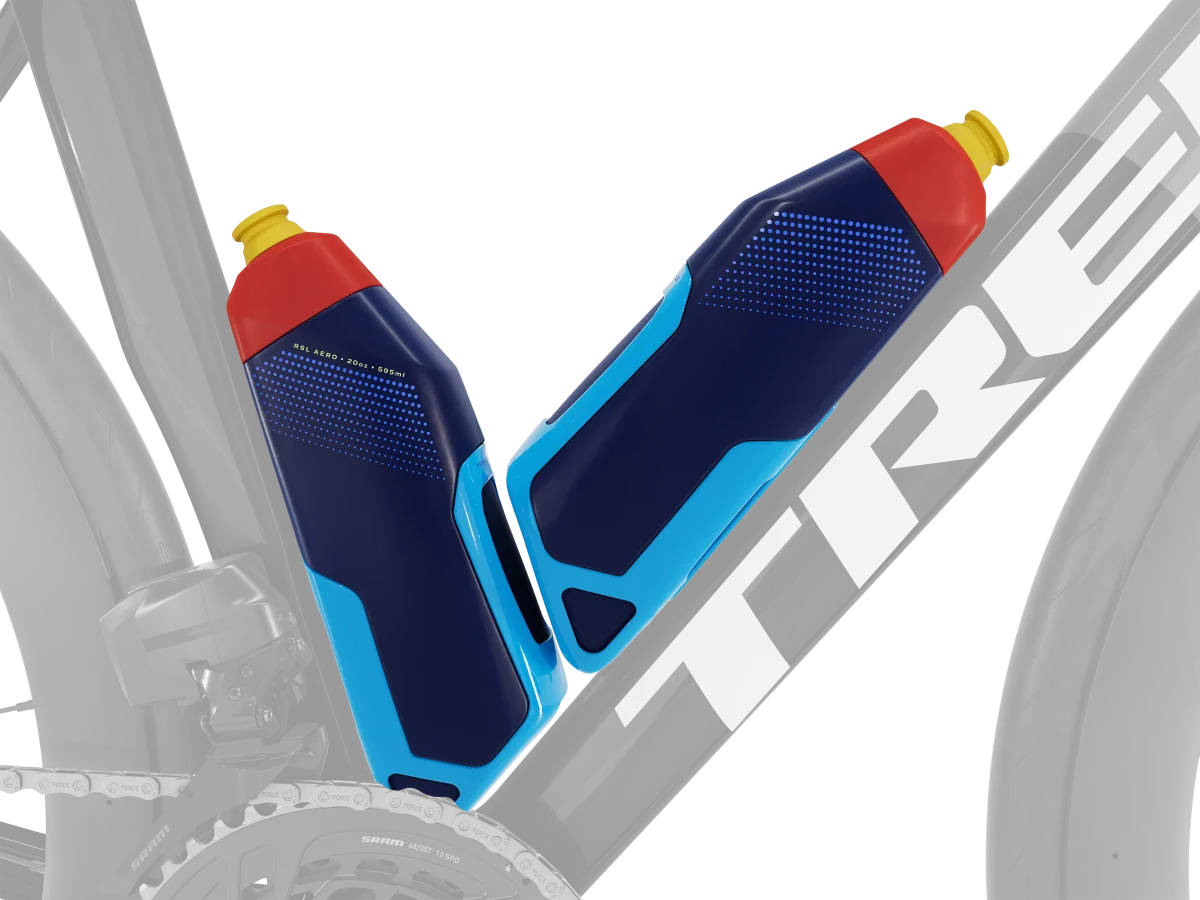
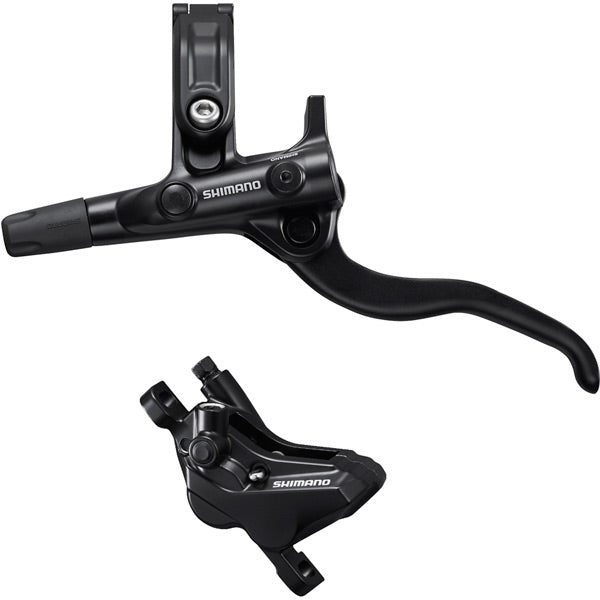
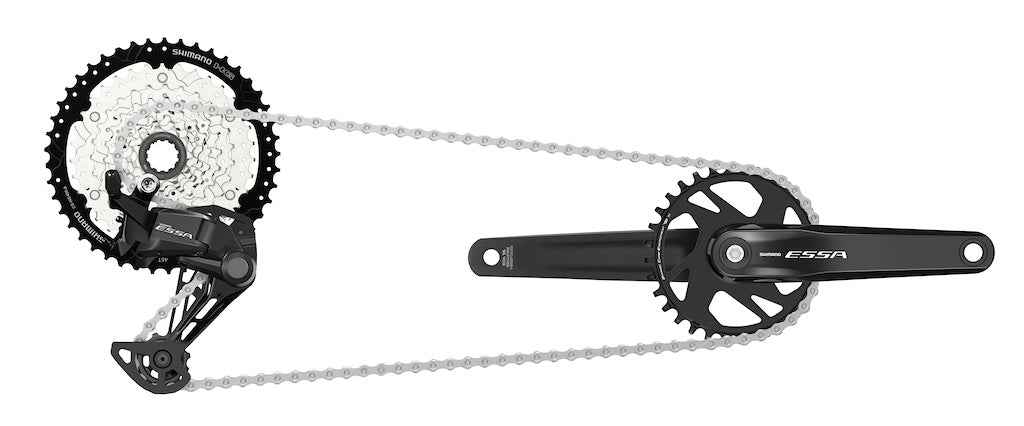
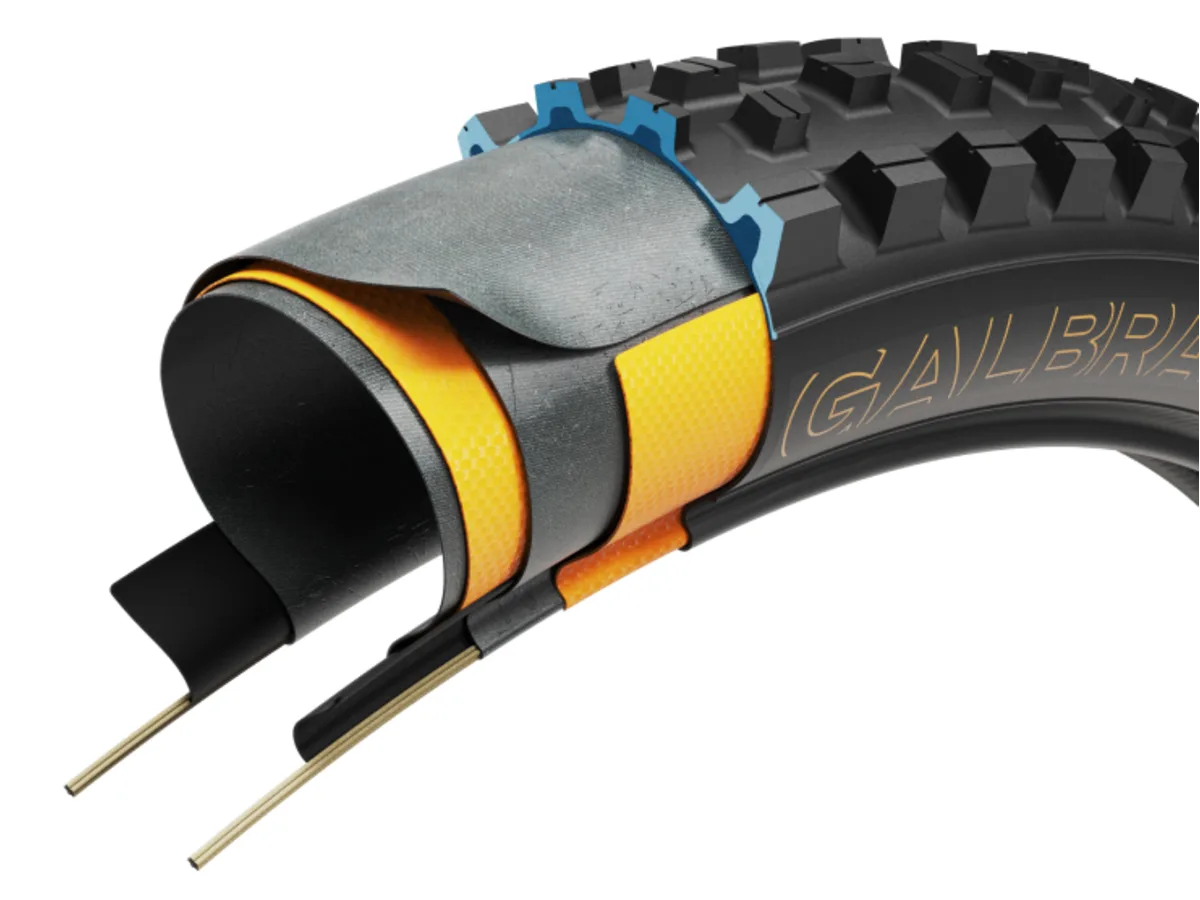
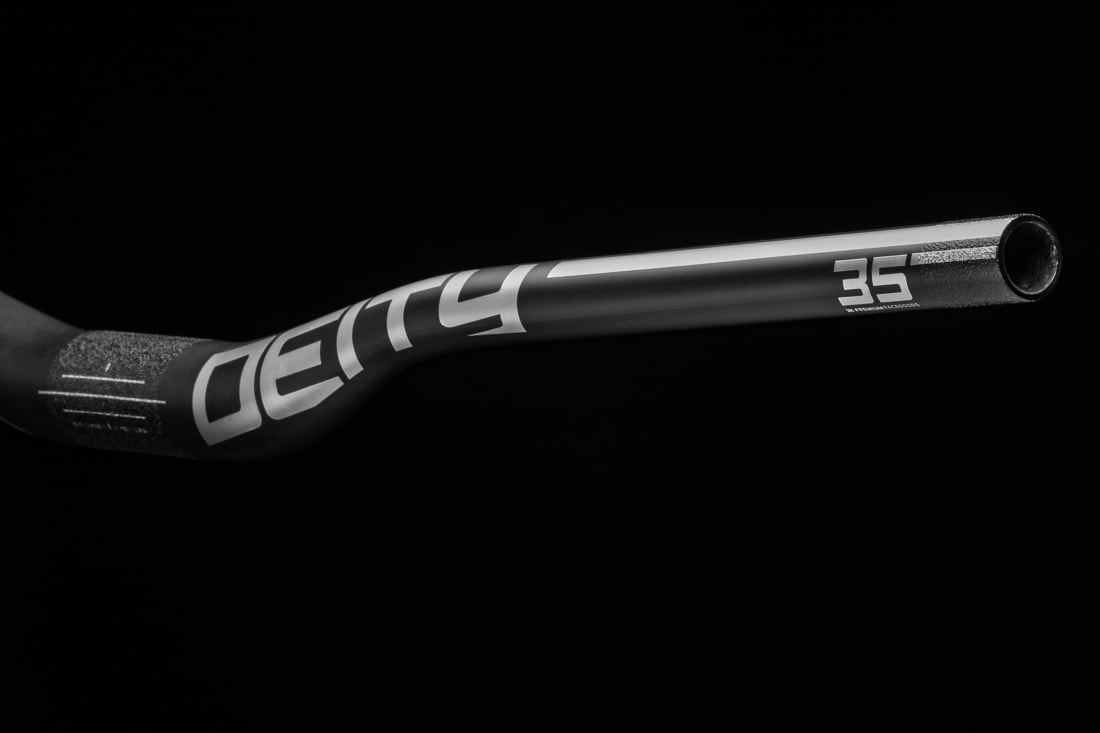
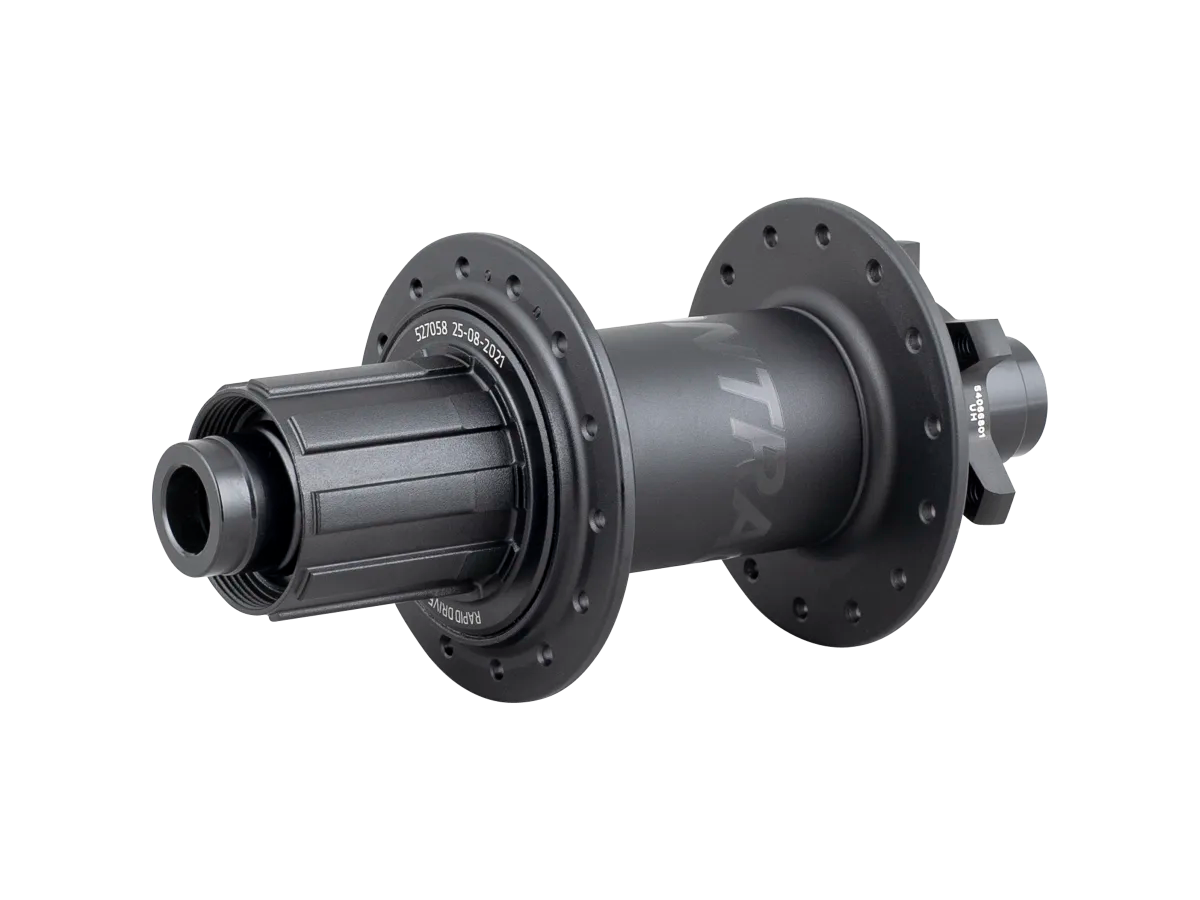





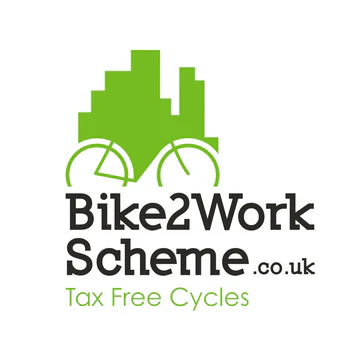
Leave a comment